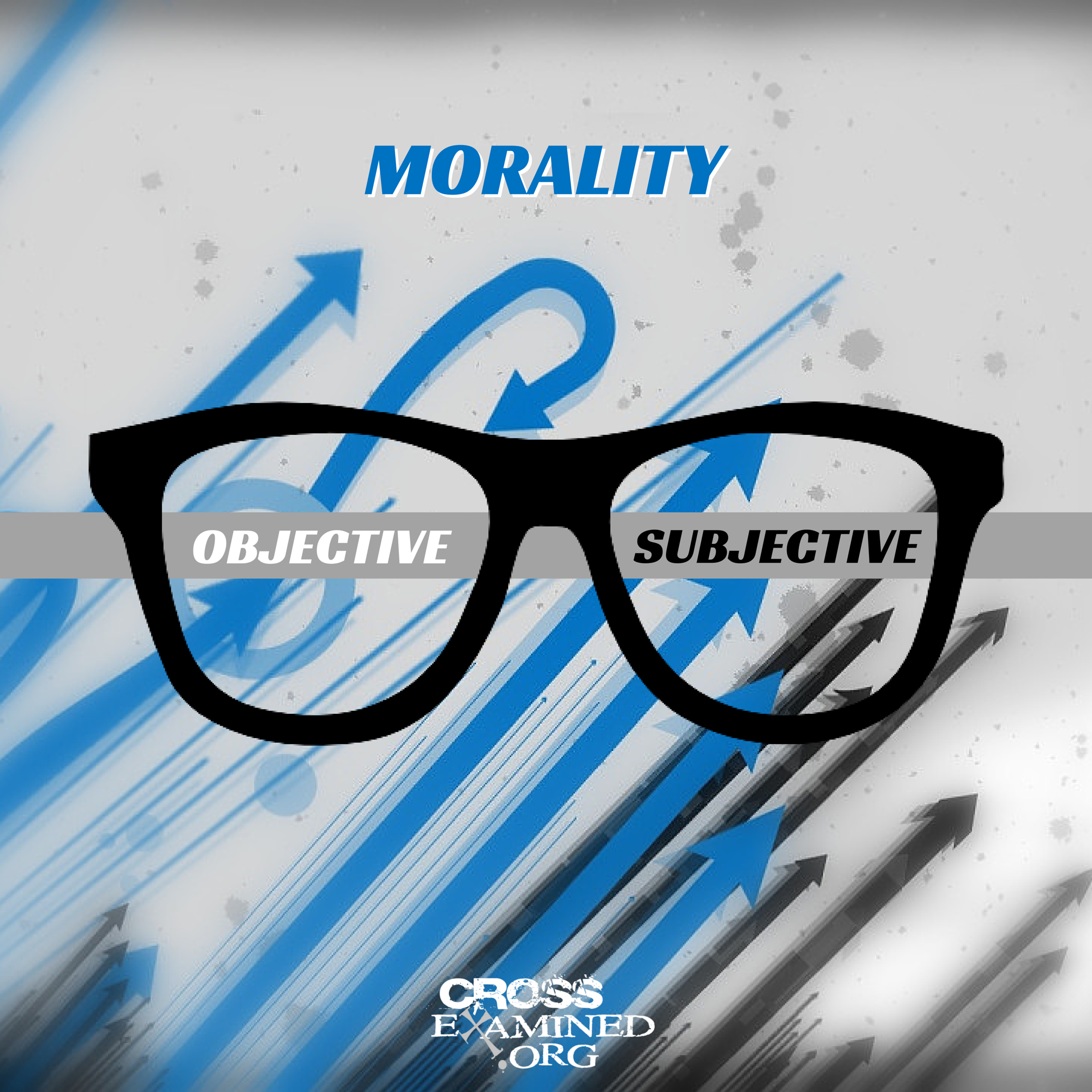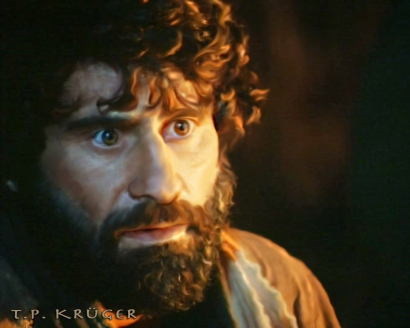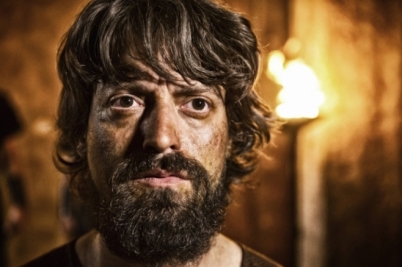“I only need the Bible, not man’s philosophy!”, “We don’t need to use philosophy since we have the Holy Spirit!”, “My beliefs are exegetically driven, yours are philosophical!” Many statements like the ones just mentioned sound reverential and benign to the religious ear, but these statements need to be refined. Often when one presses these types of statements for technical precision one will find in them the pervasive attitude of anti-intellectualism, more specifically, the unconscious implication that one can engage in good theological practices having divorced any antecedent philosophical commitments, or else, having no need to understand the underlying philosophical assumptions or implications that these religious doctrines are imbued with.
What the proponents of these “Philosophy-Free” views primarily fail to grasp is that philosophy is an indispensable feature underpinning virtually all rational practice. The cosmologist, for example, won’t be able to infer an era of inflation without making certain philosophical assumptions (e.g., that the world is a rational place susceptible to discovery, that our best cosmogonic theories actually approximate reality, etc.) . Similarly, the theologian simply cannot make any type of rational theological inferences without being first committed to certain ancillary beliefs which enable them to do theology in the first place. At least five difficulties with the “Philosophy-Free” view immediately come to mind:
What Are Some Of The Problems With “Philosophy-Free” Theology? – Five Difficulties
1. “Philosophy-Free” theology is self-refuting. What “Philosophy-Free” proponents fail to realize is that the belief that one can engage in theological practice having divorced all of their philosophical presuppositions is itself a philosophical presupposition, namely, an interpretive philosophy. How is it, that we know, for example, that when we see God saying “Let there be light” that the author isn’t teaching that, lay aside the incarnation, God is actually a biological organism? It is through a philosophy of interpretation through which these conclusions are to be arrived at. In short, without philosophy it is simply impossible to come to these types of theological conclusions.
2. “Philosophy-Free” theology is, by definition, irrational. This becomes most evident when one realizes that the word“philosophy” is just an academic locution for reasoning. To say that we should do our theology without philosophy, really just is to say that we should interpret scripture without reasoning about it or else having not reasoned about how we are to apply the interpretation ascribed to it. But to do theology without thinking about it just is, by definition, to give oneself to irrationality. Instead, the relevant question before us which needs to be addressed is this: what is the criteria to which we can determine the truth-value of a given theological proposition?
3. “Philosophy-Free” theology cannot help to adjudicate between competing theological viewpoints. If we are aiming at truth, then it won’t be enough to just point to a set of teachings that are, in fact, exemplified in scripture and automatically assume their truth by virtue of them being in the Bible – that only begs the question. Rather, if truth is our end goal, we still need to exercise our God-given cognitive abilities to determine whether or not these various theological teachings are, in fact, coherent. Look at it this way, if our reasoning tells us that a particular doctrine taught in scripture is actually false, we shouldn’t jettison our reasoning in favor scripture since, that is, by definition, to prefer irrationality – surely that isn’t God-honoring! Instead, if such were the case, as uncomfortable as it might make some of us, we should actually derelict our own views with respect to inerrancy, at least so far as we are to remain rational. That in mind, given the preclusion of philosophy that the “Philosophy-Free” view assumes, there simply remains no other resources available to the theologian, inferential or otherwise, that can be used to evaluate the truth-value of a theological claim since any resource given to the theologian will be, at it’s root, philosophical. So even if it were the case that one could exegete a text divorced from any type of philosophical presuppositions, it would still be the case that you couldn’t derive any theological truths, much less adjudicate between competing theories.
4. “Philosophy-Free” theology leaves one apt to be fooled by false doctrines. William Lane Craig has, I think, quite rightly pointed out that “the man who claims to have no need for philosophy is the one most apt to be fooled by it”.[1] Given this, it’s not surprising then that we will often find these introspectively callow ilk being drawn in to false beliefs themselves or else objecting to other viewpoints in such a way that suggests that they don’t even really understand the the view that they’re criticizing. Quite simply, it is through reflection upon the antecedent philosophical commitments underpinning a doctrine that helps serve to weigh its plausibility. To do theology without this feature leaves one at an epistemic standoff, that is, it leaves a symmetry of ignorance regarding competing viewpoints. For the interlocutor this means preferring one doctrine over another, not as a result of rational reflection, but of subjective feelings or perhaps, even blind faith. Thus, the individual that is sensitive to their own presuppositions has a considerable advantage over the person who does not, with respect to coming to true beliefs.
5. “Philosophy-Free” theology further perpetuates the stereotype that Christians are uncritical of their own beliefs. American culture has already become post-Christian. In media it’s not uncommon to see Christians caricatured as intellectually uninformed persons who believe what they do blindly. Now, you may ask yourself, why can’t we Christians just ignore what the culture believes about us at large? The answer is, because a culture that sees Christians as a group of intellectually thoughtful people, sensitive to their own assumptions, will be open to their beliefs in such a way that a culture influenced by stereotypes will not be. If Christians exemplified more thoughtfulness in their beliefs in terms of being able to recognize ones own presuppositions, the cultural perception of them will change.
What Are Some of the Problems With “Philosophy-Free” Theology? – Informing Christians may help ameliorate their hostility towards philosophy
So why do so many Christians seem to make statements implying they believe in “Philosophy-Free” theology? One possibility, which, perhaps, is the most charitable is that these Christians really are just speaking colloquially, lacking in technical precision and as a result of this they inevitably end up making statements that entail beliefs they don’t actually hold to. In cases like these we should simply gently press these folks for technical precision. Another possible explanation is that these Christians simply lack the appropriate philosophical training necessary for them to realize the implications of what they are actually saying; phrases like “I only need the Holy Spirit”, “I don’t need man’s philosophy”, “I’m a Bible guy”, and so forth sound like pious statements, have rhetorical force, and so are uncritically espoused to by otherwise well-meaning people. The solution? Inform them about the ubiquity of philosophy and hope they will eventually come to embrace it.
Visit Jonathan’s Website: FreeThinkingMinistries.com
NOTES
[1] http://www.reasonablefaith.org/hawking-and-mlodinow-philosophical-undertakers

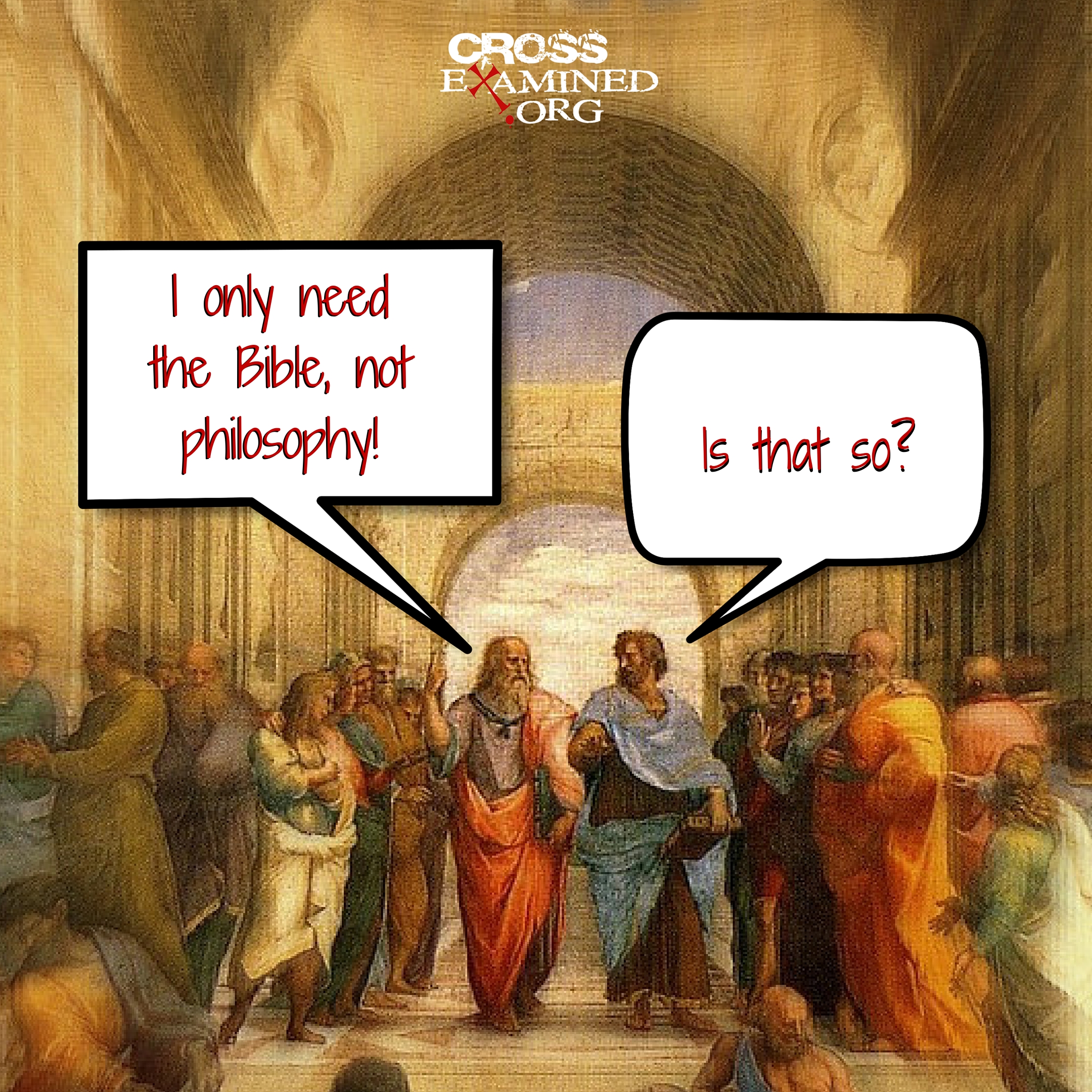

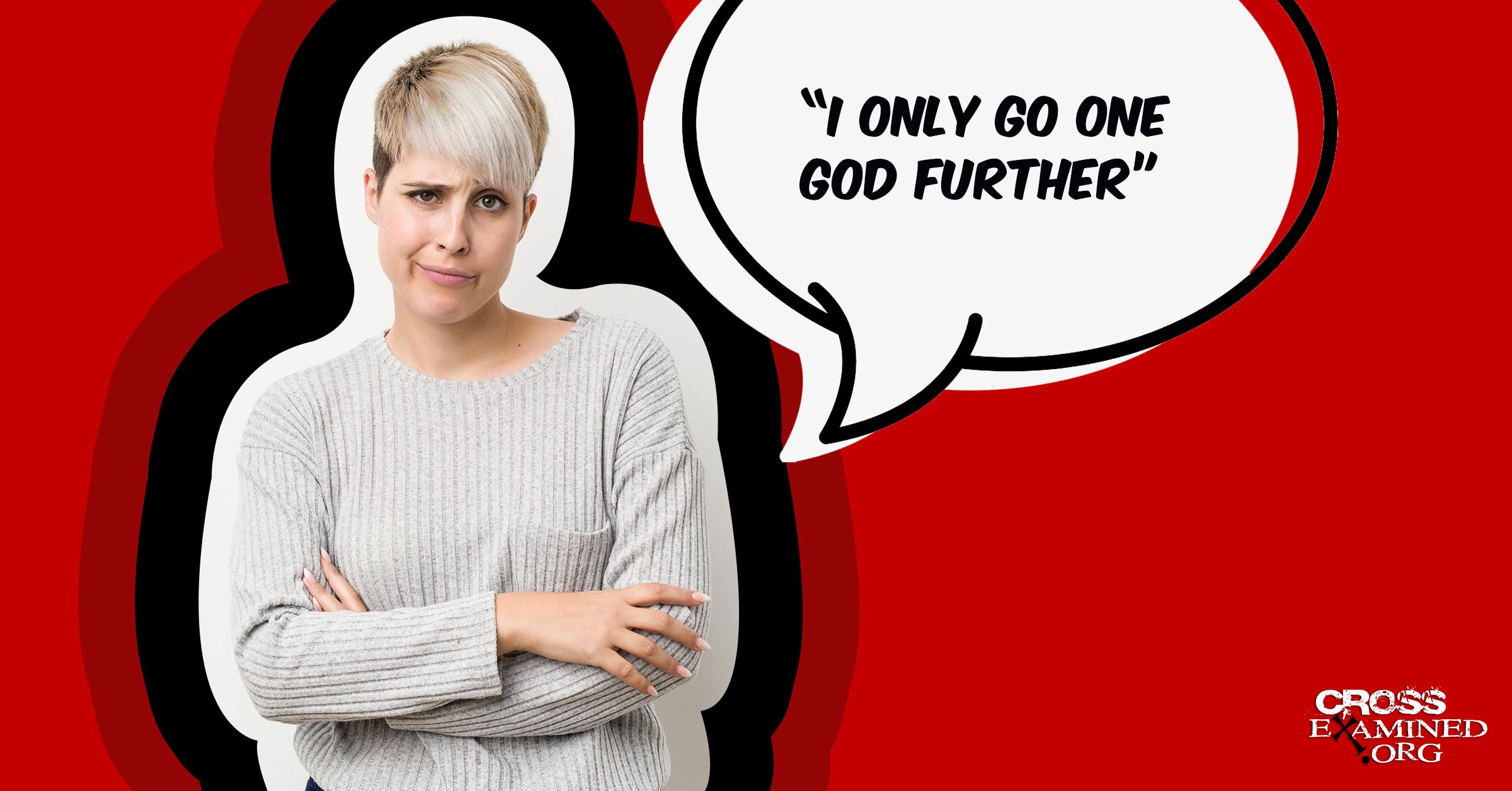

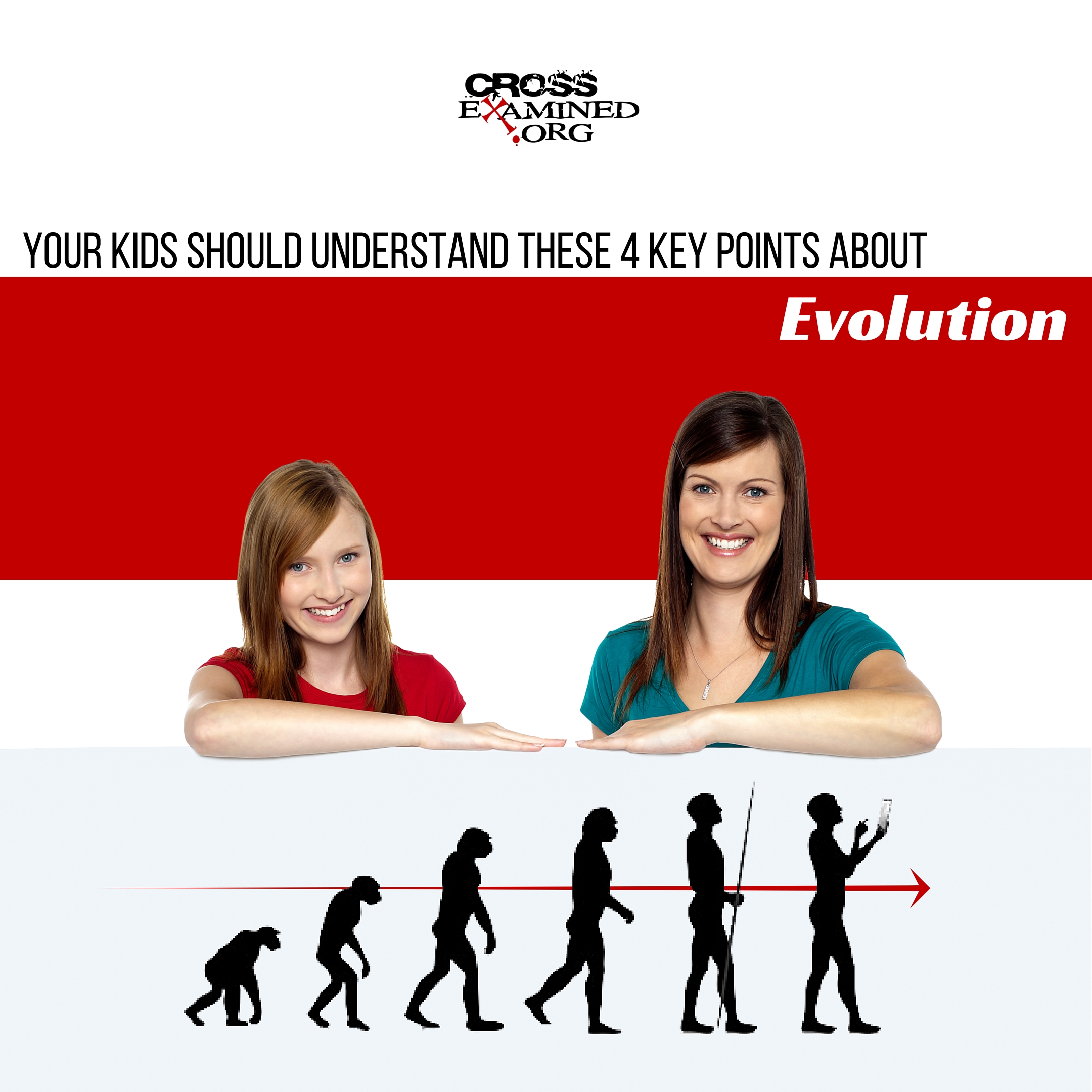

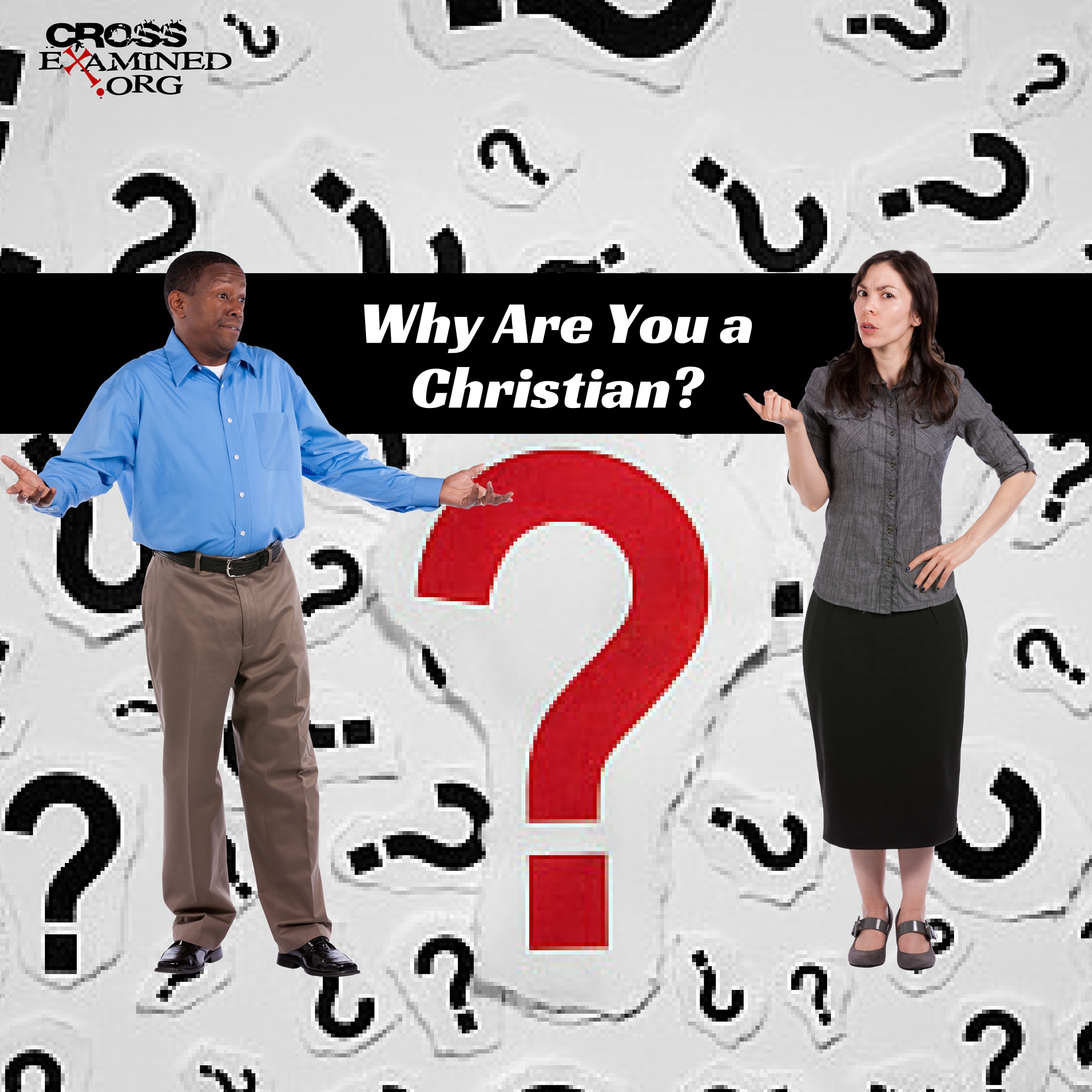
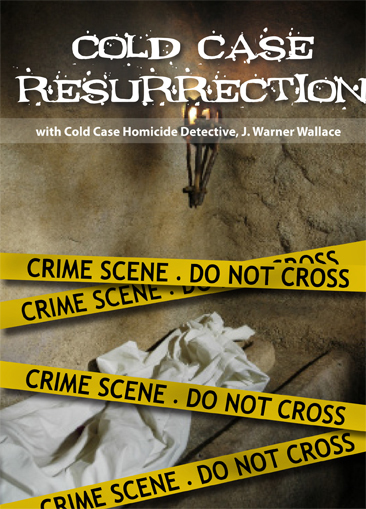 http://bit.ly/2aKOC9b
http://bit.ly/2aKOC9b http://bit.ly/SFG_Book
http://bit.ly/SFG_Book
